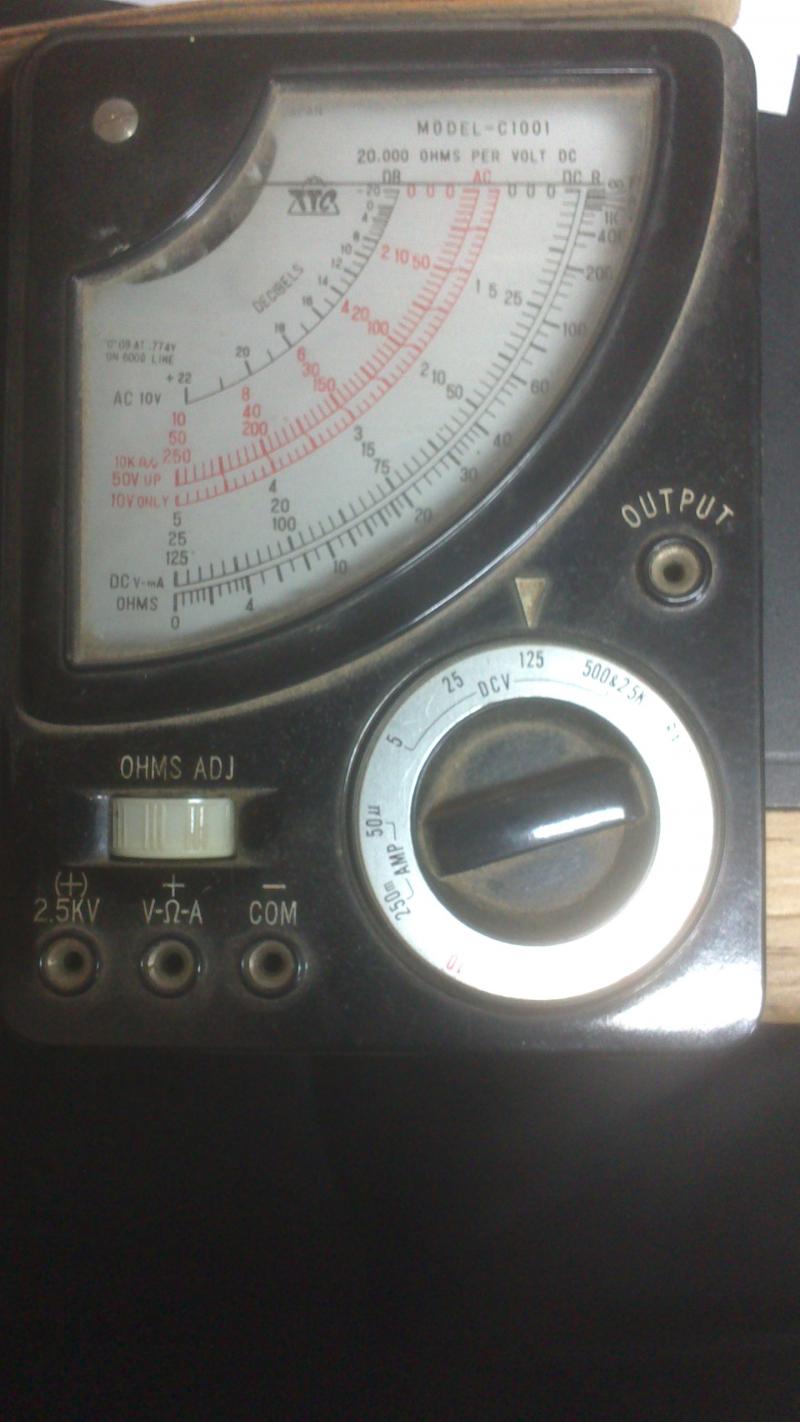A well cared for and good quality analogue meter like an Avo 7 or 8 can be as accurate as a good digital meter. The mirror behind the needle enables reading with the eye directly above the needle.
Most analogues respond quicker to changes in voltage, the Avo needle will tremble if the voltage is not stable whereas a digital meter with a long sample time will not display any jittering.
The Avo is a bench test meter, it needs gentle handling and does not like being thrown into a tool bag.
Most analogues respond quicker to changes in voltage, the Avo needle will tremble if the voltage is not stable whereas a digital meter with a long sample time will not display any jittering.
The Avo is a bench test meter, it needs gentle handling and does not like being thrown into a tool bag.







